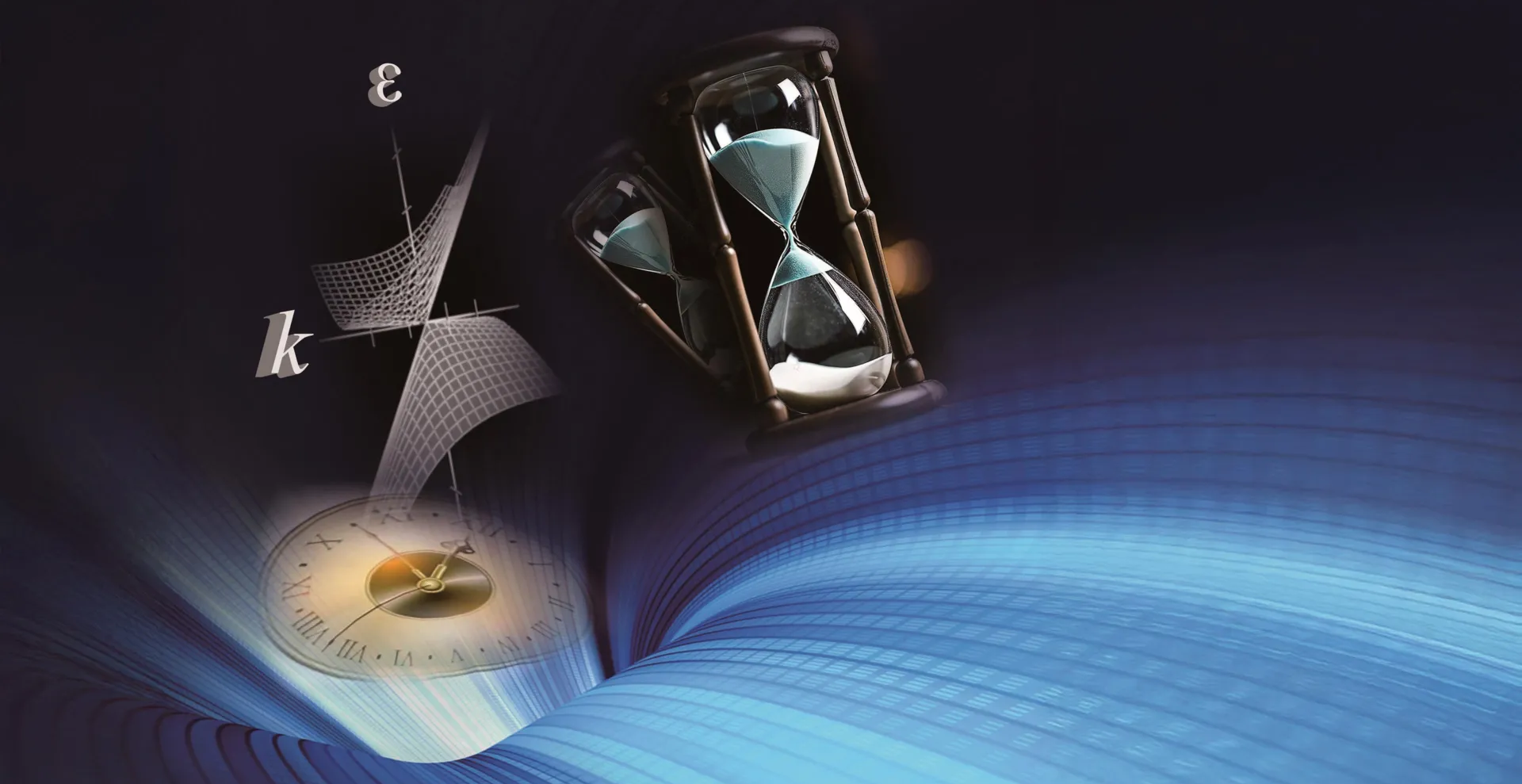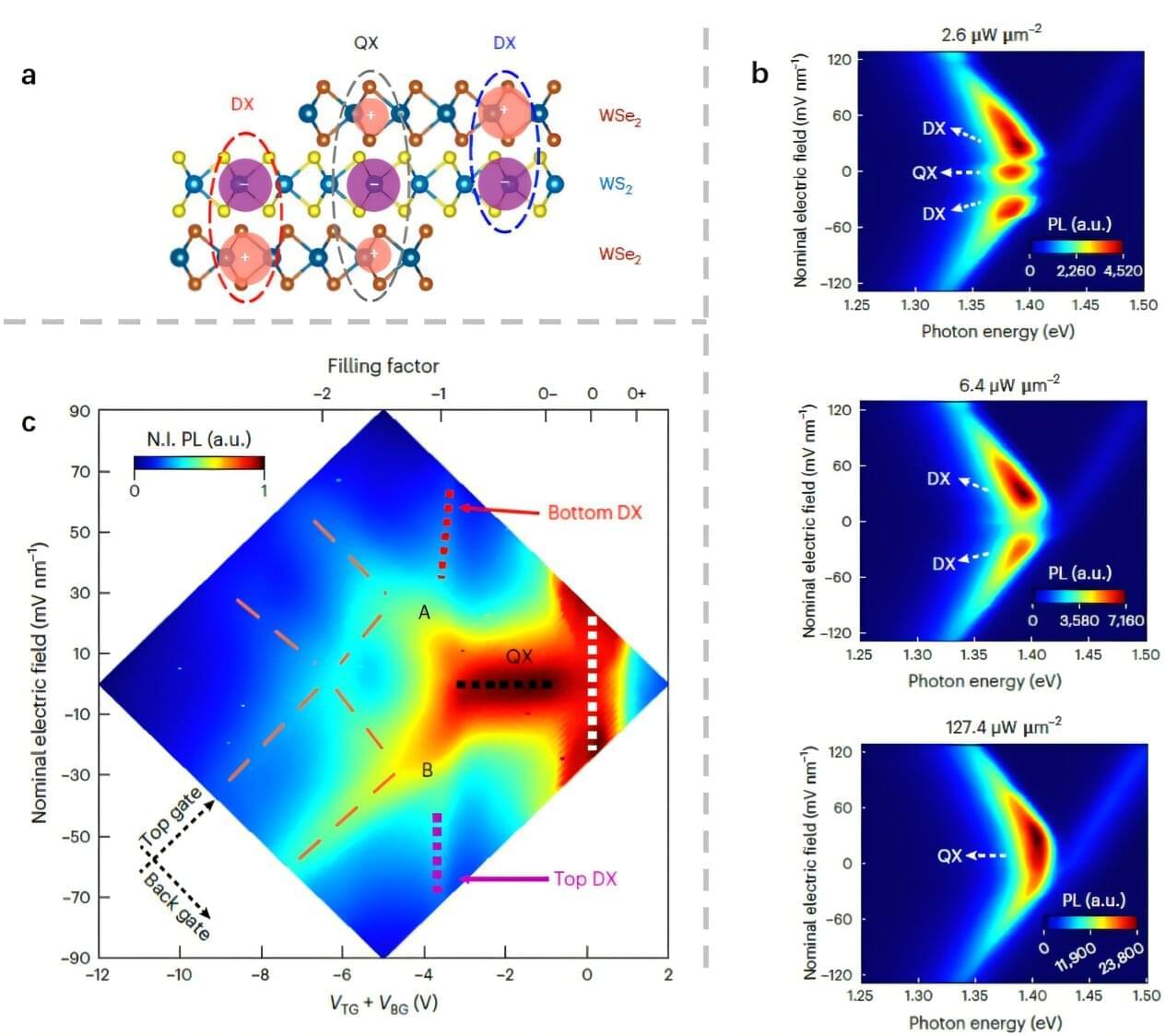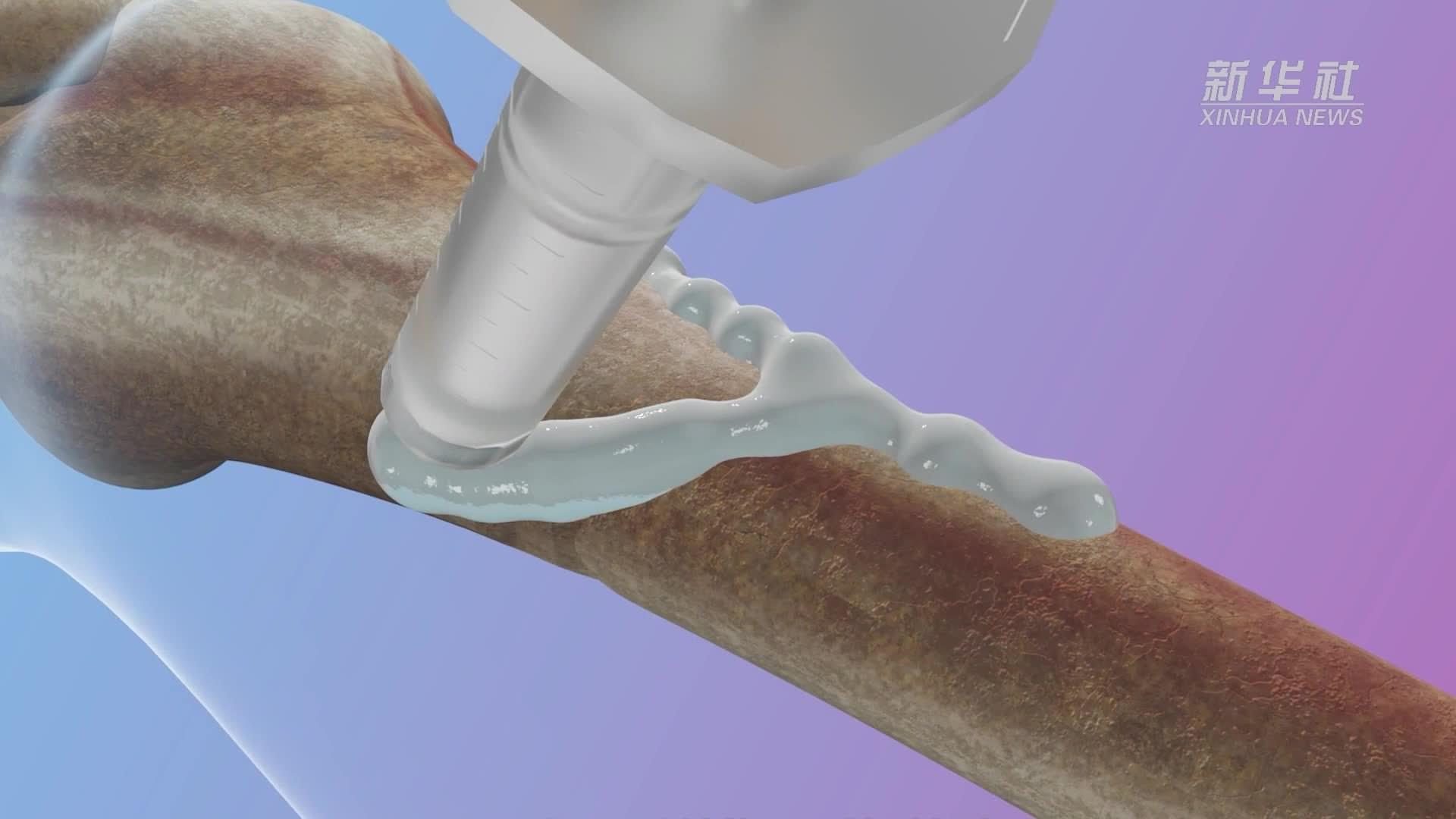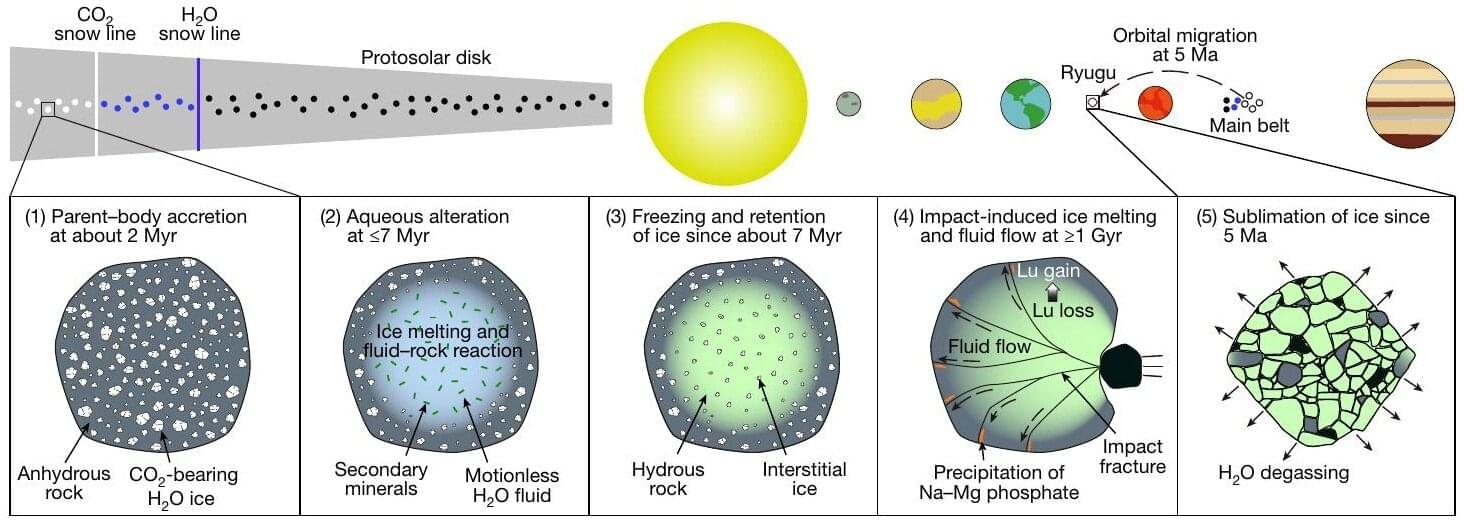Engineers in Australia have created a new carbon-based material which allows supercapacitors to store as much energy as traditional lead-acid batteries and deliver charge much faster.
The new graphene materials are now being made in commercial quantities, says Dr Phillip Aitchison, chief technical officer of Monash University spinout Ionic Industries.
“We’re working with energy storage partners to bring this breakthrough to market-led applications – where both high energy and fast power delivery are essential.”







